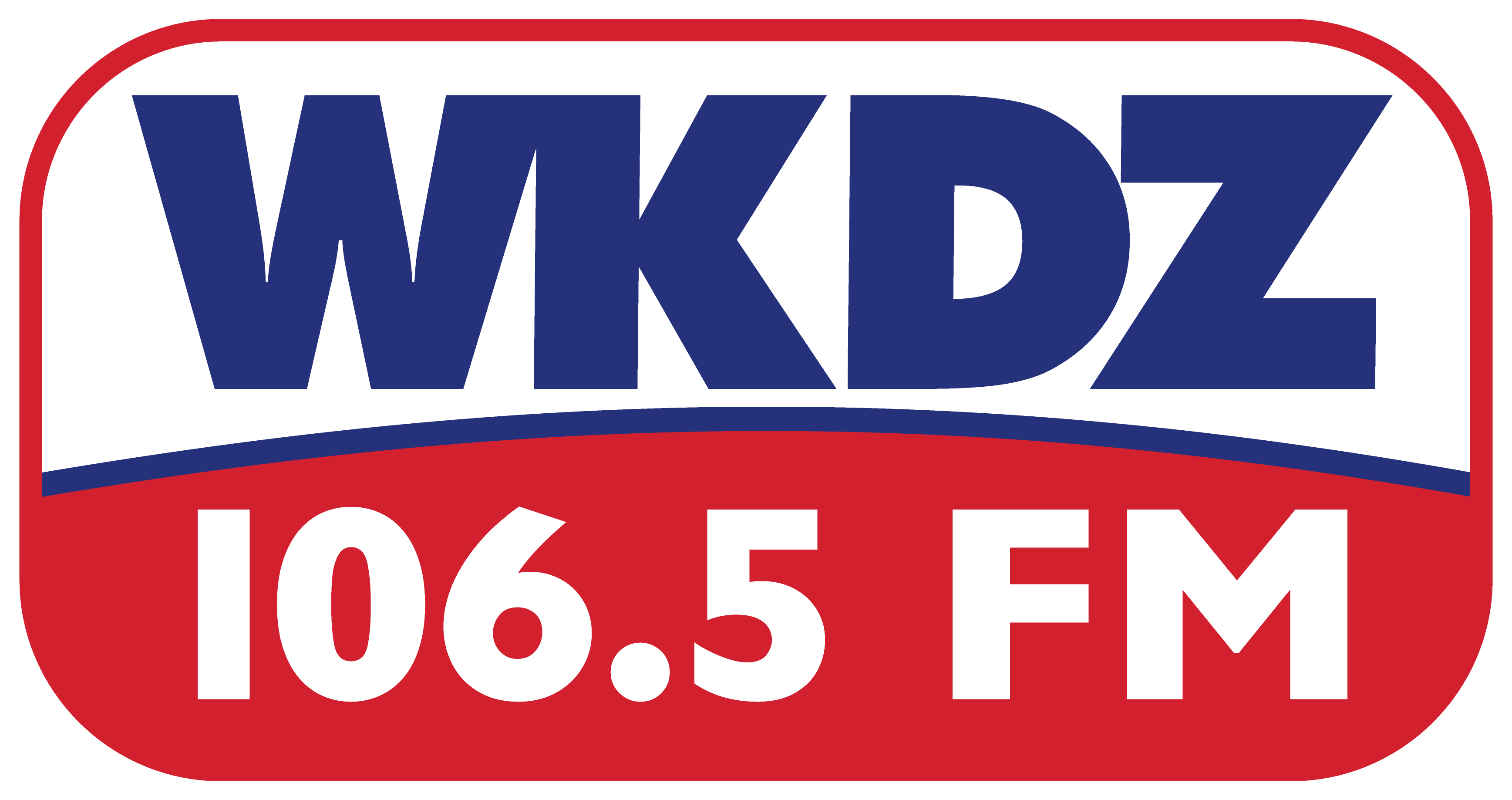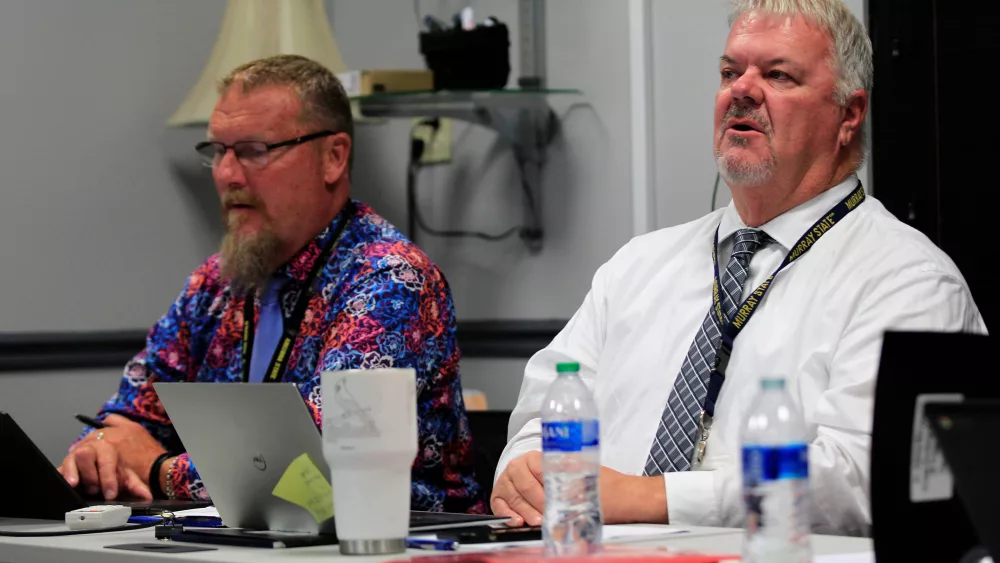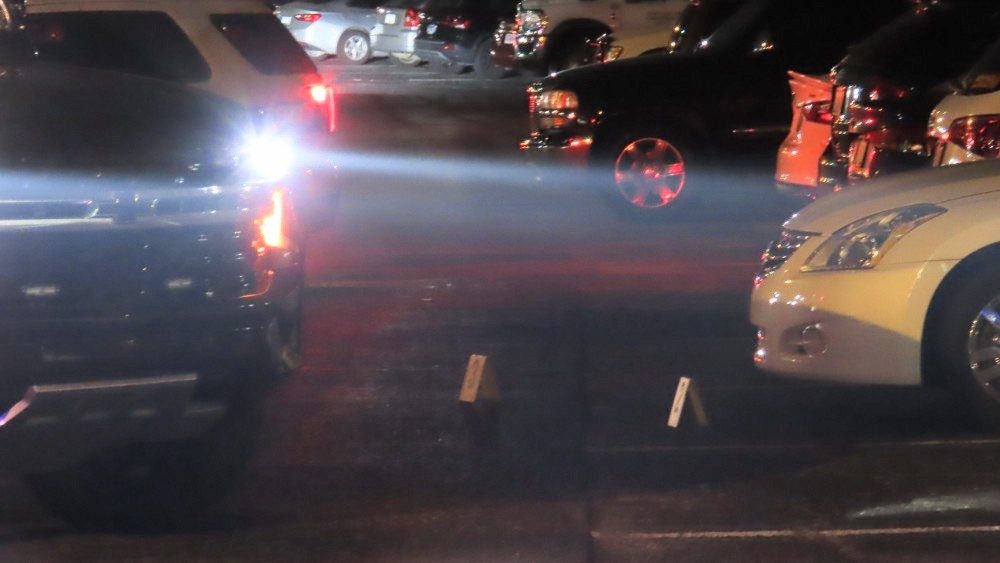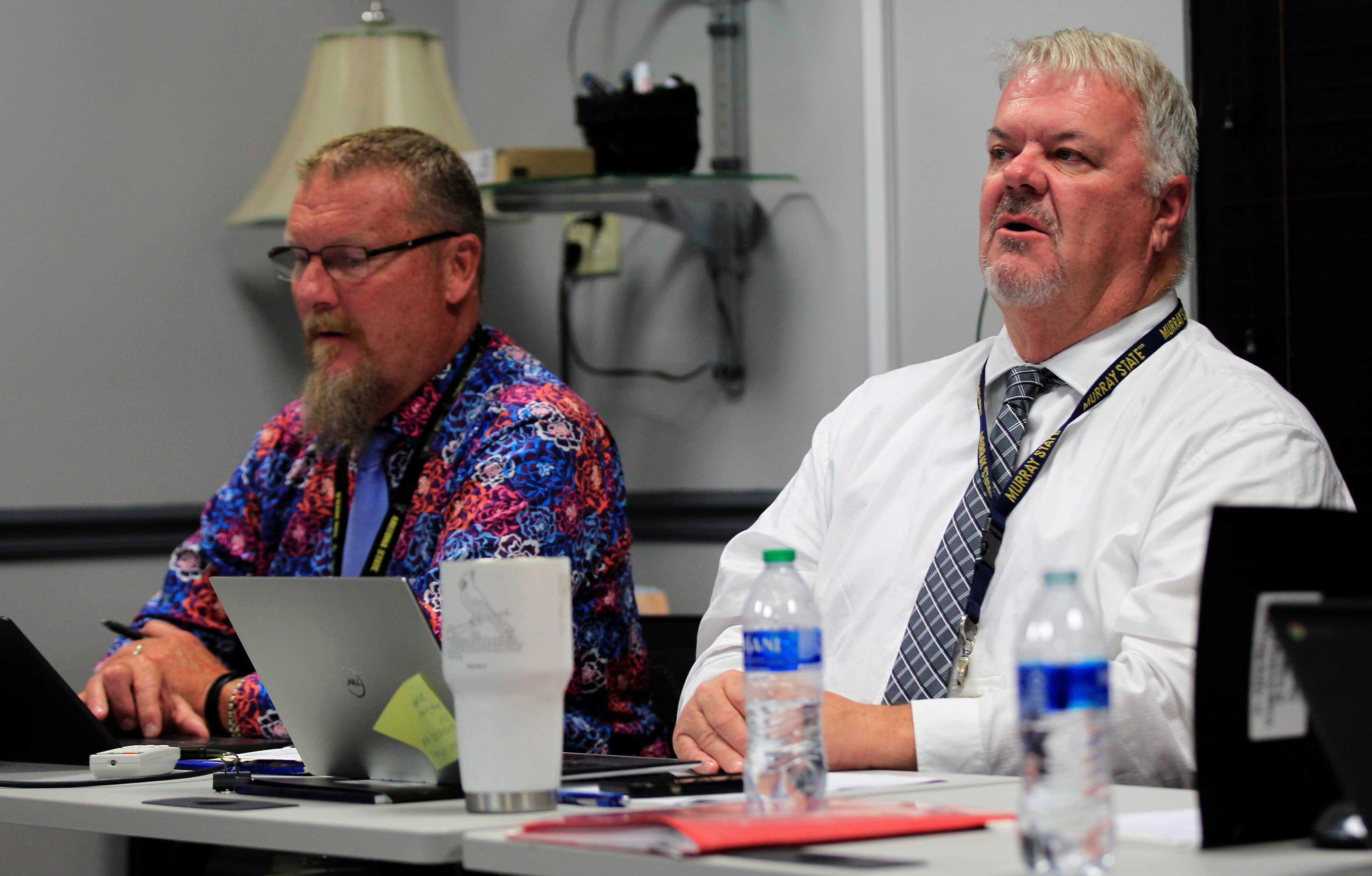
For the last month, officials from the Trigg County Board of Education and its transportation arm have been discussing the viability of a Tennessee Valley Authority and Environmental Protection Agency Grant — which, if applied for, would provide nearly 100% of the cost to replace 2010 or older bus models with electric/hybrid counterparts.
Following a lengthy discussion Thursday night, board members unanimously agreed to submit an application for such a grant — in what could eventually become a game-changing move for the district’s fleet.
If the grant is accepted, the Trigg County bus garage currently has 12 buses that are eligible for replacement. And according to Superintendent Bill Thorpe and Finance Officer Holly Greene, most of them are “end of life” buses — nearing their final healthy miles on the county’s roads.
As part of the grant, Greene said there also comes a $20,000 allotment per bus for adequate charging capabilities, which would be installed at the bus garage.
One of the more eye-opening points made Thursday referred to fueling prices.
Thorpe and Greene both noted that diesel prices now, though coming down, are exorbitant, and that’s a notion shared with Director of Transportation Erin Eagleson.
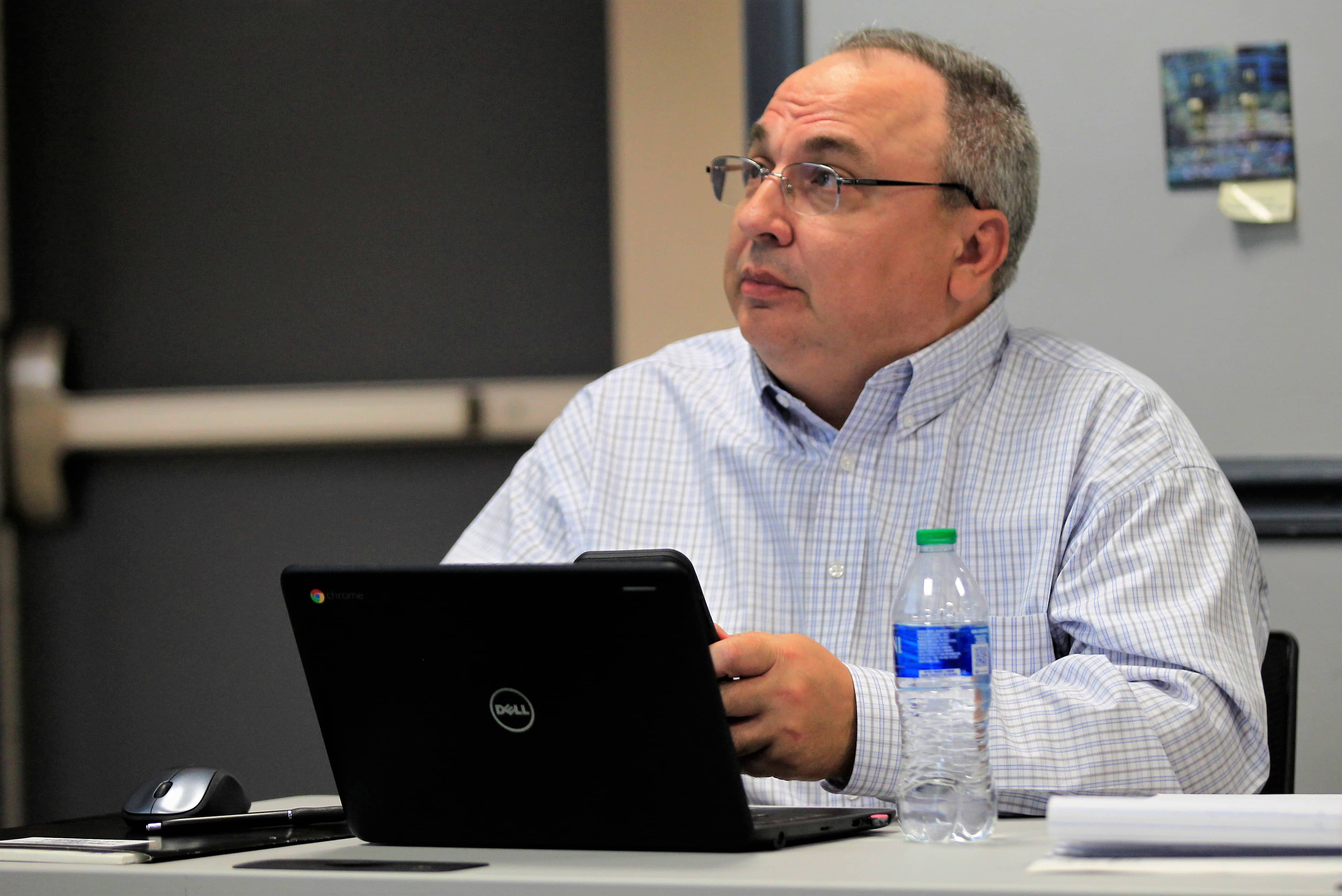
While diesel is currently north of $5 a gallon, school attorney Jack Lackey Jr. noted that an “electric gallon” is significantly cheaper.
Eighty cents per gallon. Thursday’s average price of gasoline was above $4.20. Imagine: a $3.50 per gallon savings.
But board member Clara Beth Hyde brought forth a bevy of fair questions. What does west Kentucky’s electric vehicle infrastructure look like now, and what will it look like in 10-to-20 years? Should the district replace all 12 buses at once? How long would a charge for a bus last?
Thorpe said a charge to a bus would last between 200 and 250 miles. Greene noted any buses procured this way would not be “long activity” buses — such as for away games, major field trips or the like. But these are the kinds of buses that could easily navigate Cadiz and its surrounding coves — particularly for AM and PM routes.
Thorpe added the plan would be to replace the types of vehicles in disrepair, as opposed to more adequate and fewer-mileage machines. As part of the grant, the buses are sawed in half, fully scrapped and a hole drilled straight through the engine’s block. It renders the bus useless, save for minor parts, and keeps it from ever returning to the road in another capacity — as a full promise to reduce the country’s carbon footprint.
Greene said that if district officials weren’t interested, fine. But any delay into further years would result in lower rebates, and that right now was a chance at the front of the line.
The plan, most likely, will be to apply for a handful of buses to be replaced, and see if any are awarded.
According to epa.gov, the Clean School Bus Program is funded through the Bipartisan Infrastructure Law, and provides more than $5 billion nationwide over the next five years to replace existing school buses with zero-emission and low-emission bus rebates — as part of a first funding opportunity.
